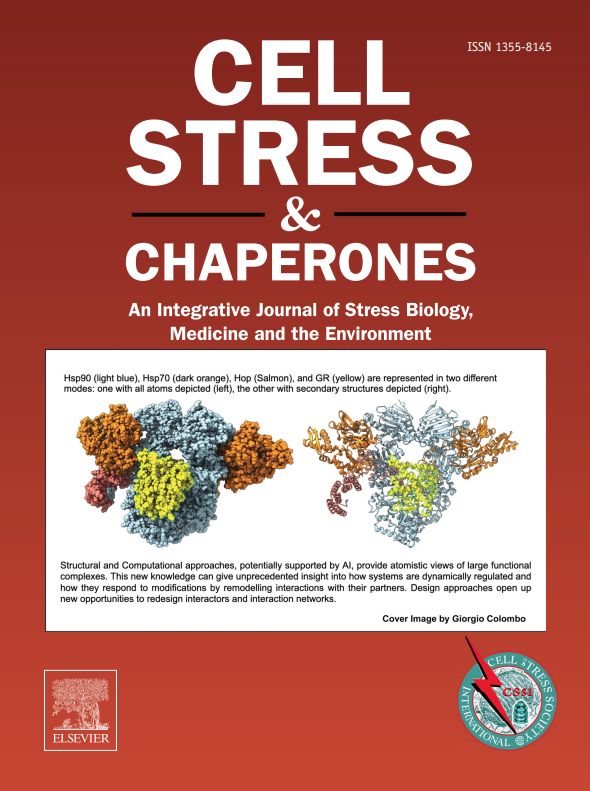Endoplasmic reticulum stress in acute pancreatitis: Exploring the molecular mechanisms and therapeutic targets
IF 3.2
3区 生物学
Q3 CELL BIOLOGY
引用次数: 0
Abstract
Acute pancreatitis (AP) is associated with multiple cellular mechanisms that trigger and or are triggered by the inflammatory injury and death of the acinar cells. One of the key mechanisms is the endoplasmic reticulum (ER) stress, which manifests as an accumulation of misfolded proteins within ER, an event that has proinflammatory and proapoptotic consequences. Hence, the degree of cell insult during AP could considerably depend on the signaling pathways that are upregulated during ER stress and its resulting dyshomeostasis such as C/EBP homologous protein (CHOP), cJUN NH2-terminal kinase (JNK), nuclear factor kappa B (NF-κB), and NOD-like receptor protein 3 (NLRP3) inflammasome. Exploring these molecular pathways is an interesting area for translational medicine as it may lead to identifying new therapeutic targets in AP. This review of the literature aims to shed light on the different roles of ER stress in the etiopathogenesis and pathogenesis of AP. Then, it specifically focuses on the therapeutic implications of ER stress in this context.
内质网应激在急性胰腺炎:探索分子机制和治疗靶点。
急性胰腺炎(AP)与多种细胞机制有关,这些细胞机制触发或由腺泡细胞的炎症损伤和死亡触发。其中一个关键机制是内质网应激,其表现为内质网内错误折叠蛋白的积累,这一事件具有促炎症和促凋亡的后果。因此,AP过程中细胞损伤的程度可能在很大程度上取决于内质网应激过程中上调的信号通路及其导致的失衡,如C/EBP同源蛋白(CHOP)、cJUN nh2末端激酶(JNK)、核因子κB (NF-κB)和nod样受体蛋白3 (NLRP3)炎性体。对于转化医学来说,探索这些分子通路是一个有趣的领域,因为它可能导致发现新的AP治疗靶点。本文综述的目的是阐明内质网应激在AP的发病机制和发病机制中的不同作用。然后,它特别关注内质网应激在这种情况下的治疗意义。
本文章由计算机程序翻译,如有差异,请以英文原文为准。
求助全文
约1分钟内获得全文
求助全文
来源期刊

Cell Stress & Chaperones
生物-细胞生物学
CiteScore
7.60
自引率
2.60%
发文量
59
审稿时长
6-12 weeks
期刊介绍:
Cell Stress and Chaperones is an integrative journal that bridges the gap between laboratory model systems and natural populations. The journal captures the eclectic spirit of the cellular stress response field in a single, concentrated source of current information. Major emphasis is placed on the effects of climate change on individual species in the natural environment and their capacity to adapt. This emphasis expands our focus on stress biology and medicine by linking climate change effects to research on cellular stress responses of animals, micro-organisms and plants.
 求助内容:
求助内容: 应助结果提醒方式:
应助结果提醒方式:


